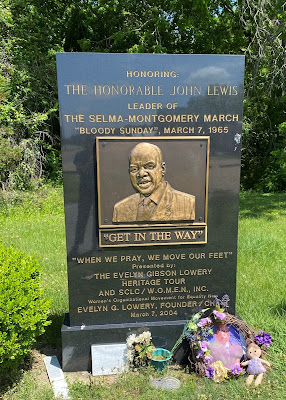Here is just one case that shows some of what's involved in seeking restitution for a violation of constitutional 'rights'. It's life-changing and frightening, and it can happen to anyone.
Hamdi Mohamud
 |
| Hamdi Mohamud, Credit: Institute for Justice |
- Rights violation took place in 2011
- Ms. Mohamud was wrongly incarcerated for two years at age 16. One of those years was spent in federal prison.
- Still waiting for her case to be heard in 2022
Hamdi Mohamud was arrested at the age of 16 and incarcerated for 2 years without a trial based solely on false information provided by a police officer. Eleven years after her initial arrest and eventual release, the case against the officer that provided bogus evidence against her still has not been allowed to go to trial.
In June 2011, 16 year old Hamdi Mohamud and a friend were innocent bystanders during a fight involving three older girls. St. Paul police officers responded when Muna, one of the older girls, attacked the others with a knife. Unknown to responding officers at the scene, Muna was an informant in separate investigation by a federal task force. Heather Weyker, an officer on that task force, hearing about the incident, convinced responding officers to free Muna, and arrest the other girls in an effort to protect her own informant in an investigation that later turned out to be meritless.
The day after the initial baseless arrests, officer Weyker filed a federal criminal complaint and affidavit with information that she knew to be false in an effort to enforce the detention of the innocent girls without probable cause. There are many news stories about Officer Weyker's documented lies. Although Hamdi was never involved in the initial altercation and should never have been charged with any crime, she ended up spending 2 years in detention, including 1 year in federal prison without ever receiving a trial.
Upon dismissal of the charges against her, Ms. Mohamud sought to hold officer Weyker accountable for her actions. Like many victims of police misconduct, she then entered a world of protracted litigation that victims are forced to engage in if they seek any recourse for a violation of their Constitutional rights.Police routinely claim qualified immunity to have cases against them dismissed before trial, and they are able to appeal denials of their claims all the way to the U.S. Supreme Court. Victims can only bring cases of police misconduct to court if all appeals for qualified immunity have been denied and this can take years.
In a follow-up appeal filed with the U.S. Supreme Court, the issue was summarized as follows:
“The officer, Respondent Heather Weyker, was denied qualified immunity because ‘a reasonable officer would know that deliberately misleading another officer into arresting an innocent individual to protect a sham investigation is unlawful.’
To resolve the growing circuit split on the application of Ziglar v. Abbasi, the question presented is: Whether a constitutional remedy is available against federal officers for individual instances of law enforcement overreach in violation of the Fourth Amendment.”
Ms. Mohamud is represented by the Institute for Justice. See more details of the case and access court documents here.
The Institute for Justice also has a helpful FAQ on qualified immunity here. For a brief explainer of qualified immunity, see this post.






/arc-anglerfish-arc2-prod-sltrib.s3.amazonaws.com/public/OM6JIQAWMBBFPE22YZMOTXWZAQ.jpg)







